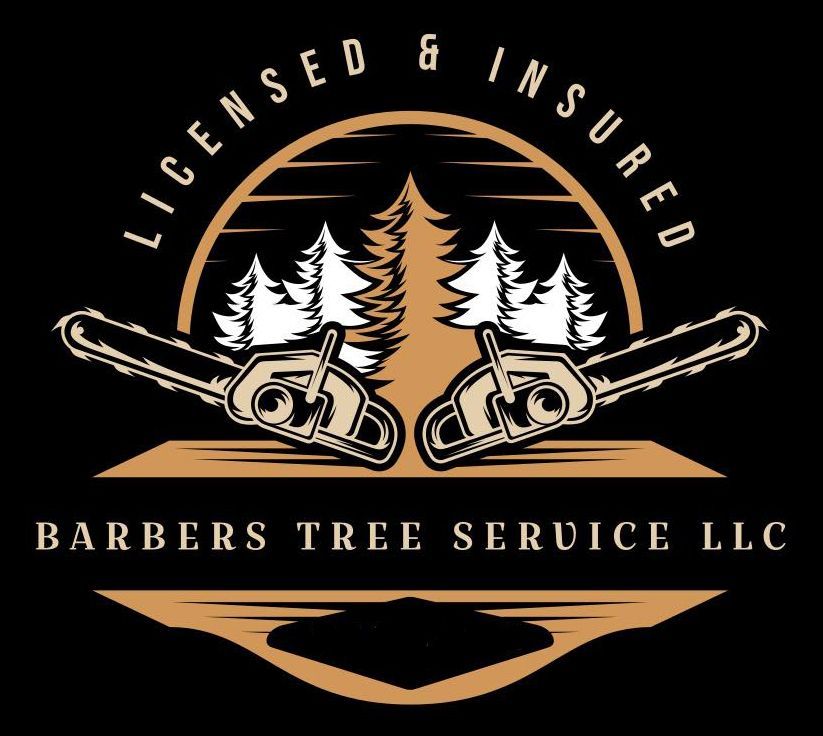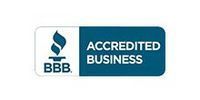FAQs
Barber's Tree Service LLC
Why is it necessary for a tree company to have insurance?
Insurance is crucial for tree companies due to the inherent risks of tree work. Liability insurance safeguards homeowners and their property from potential damage, while workers' compensation protects tree professionals on the job. Before hiring a tree service, always request proof of comprehensive insurance from their carrier and verify if needed.Why should I prune my trees?
Tree pruning is essential for safety, aesthetics, and tree health. It removes hazardous dead or broken branches that could fall unexpectedly. Pruning also prevents overgrown branches from damaging structures like roofs or chimneys. Additionally, it enhances the tree's appearance and can improve property views.Do I have to be home for the removal process?
Your presence is not required during the tree removal process. As long as the contractors can access the property, they can proceed with the work in your absence.How much will the service cost?
The cost of tree removal varies based on several factors. These include the tree's height and diameter, its condition, accessibility, disposal requirements for the trunk and branches, and whether stump grinding is desired. Each of these elements contributes to the overall price of the service.Is it ok to remove trees close to the house?
While trees near houses can provide shade and beauty, they may pose risks. Branches can damage siding or roofs, accumulated leaves can cause rot, and roots can harm foundations. Although removing a tree close to a house requires careful planning, a professional tree service can safely accomplish this task.What to do with a tree that was damaged in a storm?
For minimally damaged trees, proper care involves pruning broken branches, repairing torn bark, and allowing the tree's natural healing process to begin. Mature trees can often survive the loss of a major limb. In such cases, prune the damaged branch back to the trunk to promote recovery.How do you tell if a tree needs to be cut down?
Determining if a tree requires removal involves examining several factors. Look for dead or decaying branches, signs of disease or pest infestation such as peeling or discolored bark, and consider the tree's location relative to structures or power lines. If the tree poses a safety risk or property threat, removal may be necessary.What does trimming tree branches mean?
Branch trimming is the process of removing overgrown limbs to enhance sunlight exposure. This practice is vital for the tree's overall health, as it allows better access to sunlight, nutrients, and moisture throughout the tree's structure.When Is The Best Time To Cut Or Trim A Tree?
The timing for tree cutting or trimming is flexible and depends on various circumstances. Consider removal or trimming if the tree is dead, poses a hazard, creates excessive shade leading to moss or algae growth on your home, or no longer aligns with your property goals. In such cases, it's advisable to schedule an assessment.What Do You Do With the Stump?
After tree removal, two main options exist for stump management. One method involves grinding the stump below ground level and covering it to maintain yard grade. Alternatively, the stump and roots can be extracted mechanically, with the resulting void filled to ensure a solid, level surface. Both approaches effectively maintain yard aesthetics and ease of maintenance.


